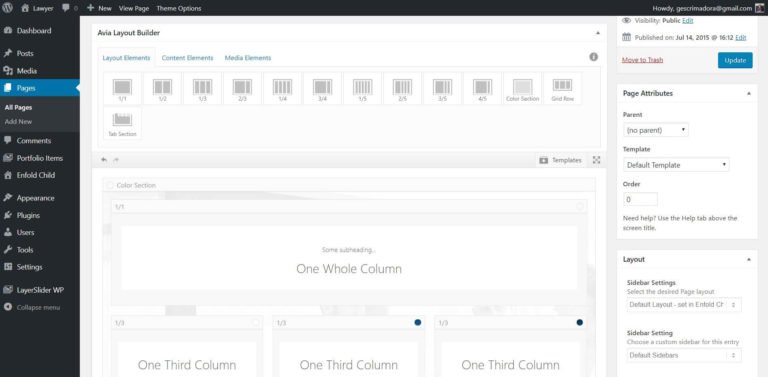
- #Freeplane insert picture how to#
- #Freeplane insert picture for mac#
- #Freeplane insert picture mac os#
- #Freeplane insert picture install#
- #Freeplane insert picture registration#
if you activate recommendations), Docear will statistically analyze your mind maps.
#Freeplane insert picture registration#
However, registration requires to provide us with your email address, and under some circumstances (e.g. We highly suggest to register, because it will give you many free benefits such as literature recommendations, metadata retrieval, and backup of your data. When you start Docear for the first time, you will be asked whether you want to register, log-in, or use Docear as a local user.
Windows: double click the docear.exe file and follow the instructions on the screen. If you are more curious and want the very latest version with the latest features, try out our experimental versions. You always find the latest stable version at. #Freeplane insert picture for mac#
Our FAQ also contains information for Mac users. If not, and Docear does not start, visit you are a Linux or Windows user. Mac OS 10.6 users may download Java here, Mac OS 10.5 users here, and Mac OS 10.7 users here. Probably you have already installed Java.
#Freeplane insert picture install#
To run a software written in Java, you need to install the free Java Runtime Environment (Java JRE). Java is the programming language in which Docear (and many other programs) is written in.
#Freeplane insert picture mac os#
Operating Systemĭocear runs on Windows (XP, Vista, 7, 8, 10, or later), Linux, or Mac OS (10.5 or later) Java 1.5 (or later) To use Docear, you have to meet the following prerequisites. In the following sections, we will explain everything again – in much much more detail. From your previously created literature mind map you can copy all the PDFs and annotations you need.įinally, you export your draft and do the final editing in Microsoft Word or Libre/OpenOffice. The next step is drafting your own paper, assignment, thesis, or book.
Extensive support through Wiki and Forum and tutorial and documentation in the form of a mind map.Research categories created by a user, and the contained PDFs and annotations. Integration with Docear academic literature suite. Easy extension of functionality with add-ons and home made scripts. Support for LaTeX formulae underneath/in nodes. Approximate Search (similarity search) which allows to find search terms in a text, even if there is no exact match (e.g. batch execution, publishing, sharing and selectable preferences. Ease of use with inline- and dialog editors, object oriented main menu, context menu’s, multi-language support, spell checker, properties panel, drag& drop functionality, hot keys, options for. Password protecting of whole map and of individual nodes with DES encryption. Changing views by hiding content (folding branches, filtering, roll-up of details and hiding extensions in tooltip), finding, scrolling and navigating. Structuring nodes in terms of content (text, scientific formula, calculation, icon, image and hyperlink) and presentation area (core, details, notes, attributes, images and tooltip). Automatically styling nodes (with a bubble, color, edge type, etc.) according to hierarchical level and content (conditional styles, automatic edge color, level styles). Connecting nodes with dynamic links, free lines (connectors) and labels. Grouping nodes with visual containers (clouds) and accolade (summary node). Classifying nodes with metadata (attributes) and style types (system styles, user defined styles, level styles). Ordering ideas (nodes) into a hierarchy connected by lines (edges). Note taking with freely positionable, unconnected nodes (like post-it’s). Content can also be password protected or connected to a particular time or filter. Also a topic (node) can represent hidden information which displays when the user wants it or can be automatically executed (formula). All topics can be formatted or styled and can contain text, hyperlinks, pictures and more and can be connected with labelled lines or arrows. At the border you see free topics (free nodes) which are independent of the root-tree. Extending from it are branches with subtopics (child nodes). In the center of the map, Application areas you see the central topic (root node) of the map. Click the node Demonstration creating a map to see how easy it is to make a map. #Freeplane insert picture how to#
Read the node called Caption to learn how to navigate the map and unhide hidden information. Click on the hyperlink below the image to navigate the map. This is illustrated by the mind map Application areas on the right, which summarizes the kind of tasks supported by Freeplane. It can be run locally or portably from removable storage like a USB drive.įreeplane supports much more than classic static mind mapping.

Freeplane runs on any operating system that has a current version of Java installed.

The software can be used for mind mapping and analyzing the information contained in mind maps.

Freeplane is a free and open source software application that supports thinking, sharing information and getting things done at work, in school and at home.







 0 kommentar(er)
0 kommentar(er)
